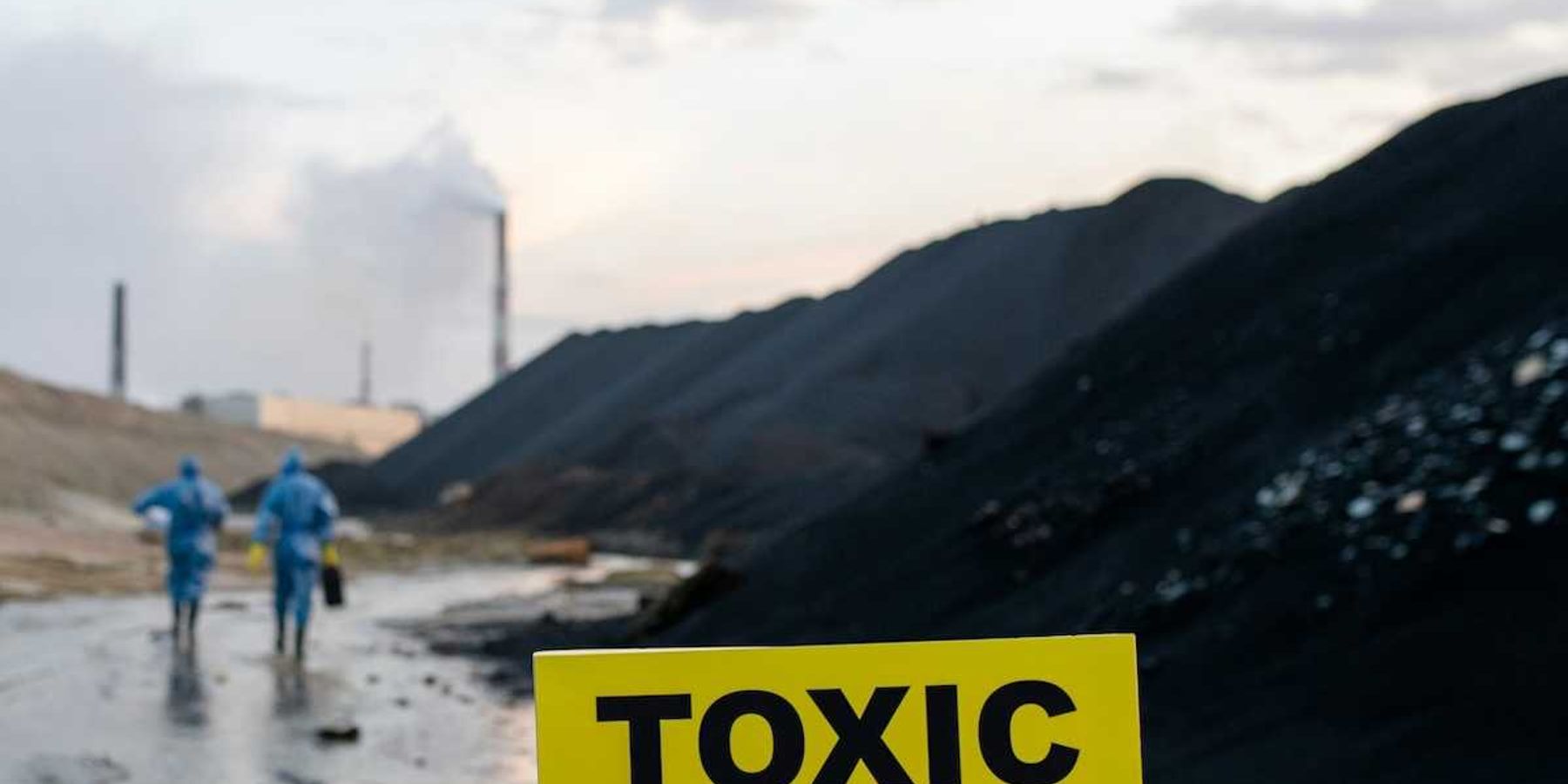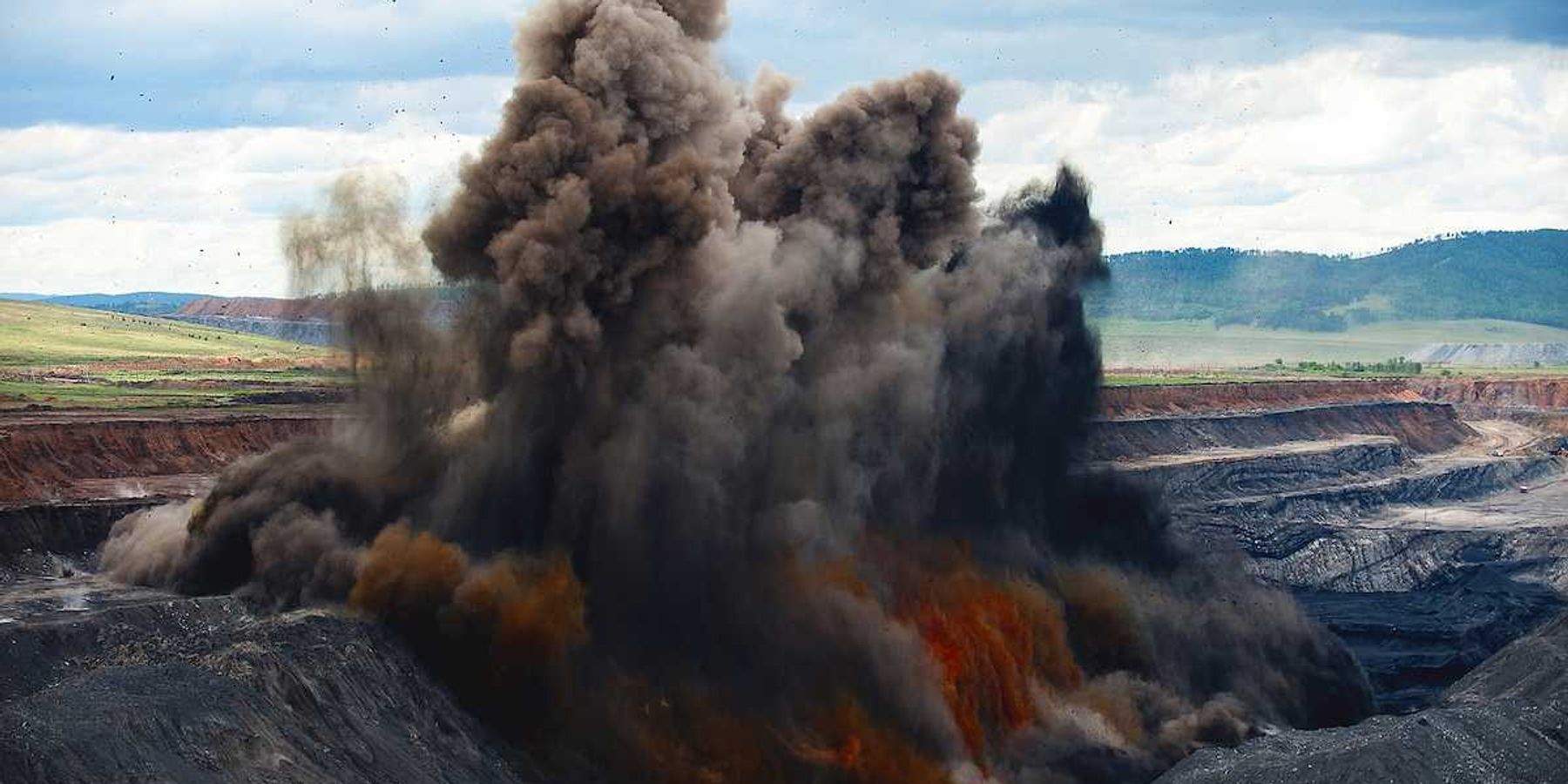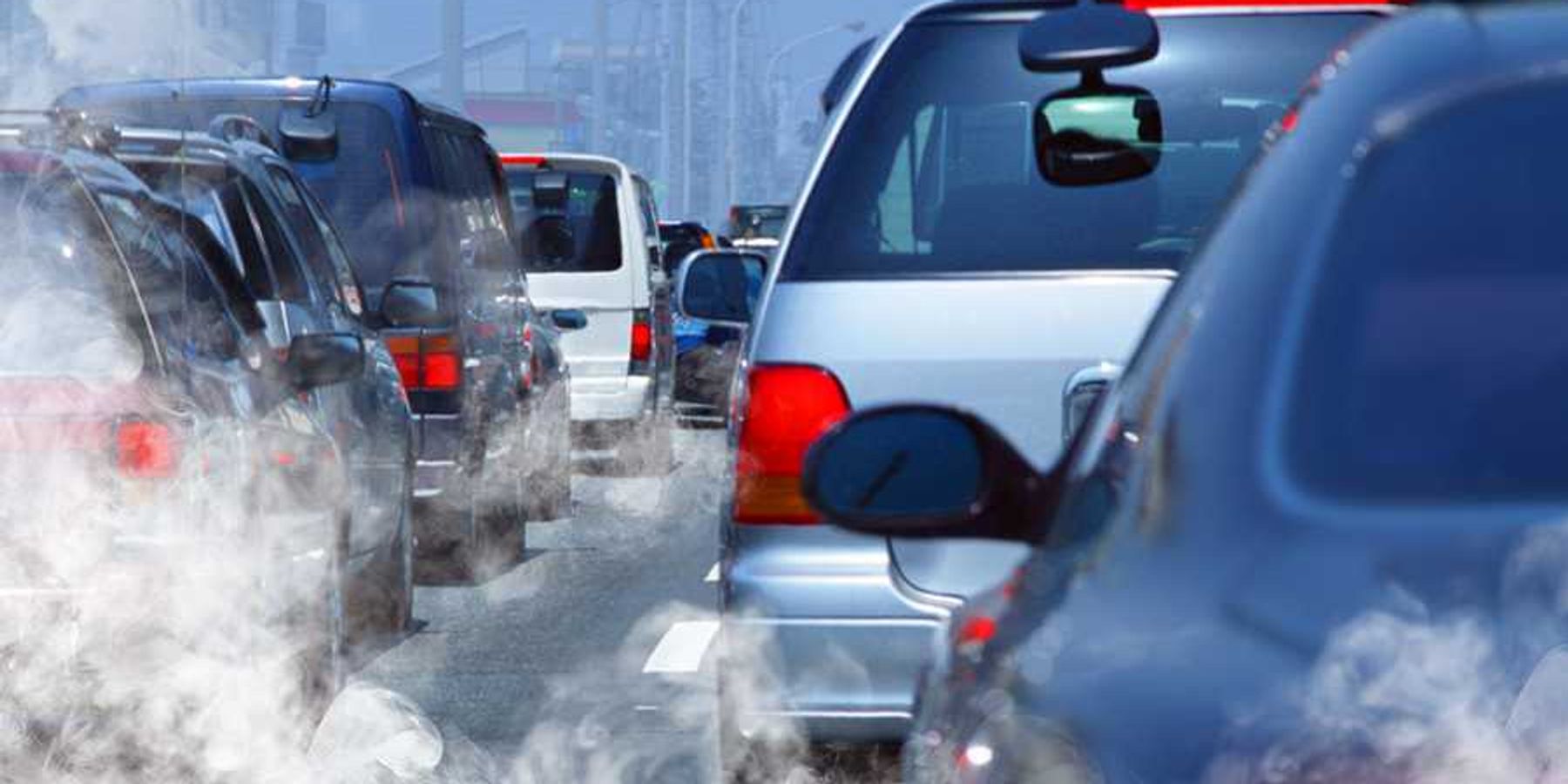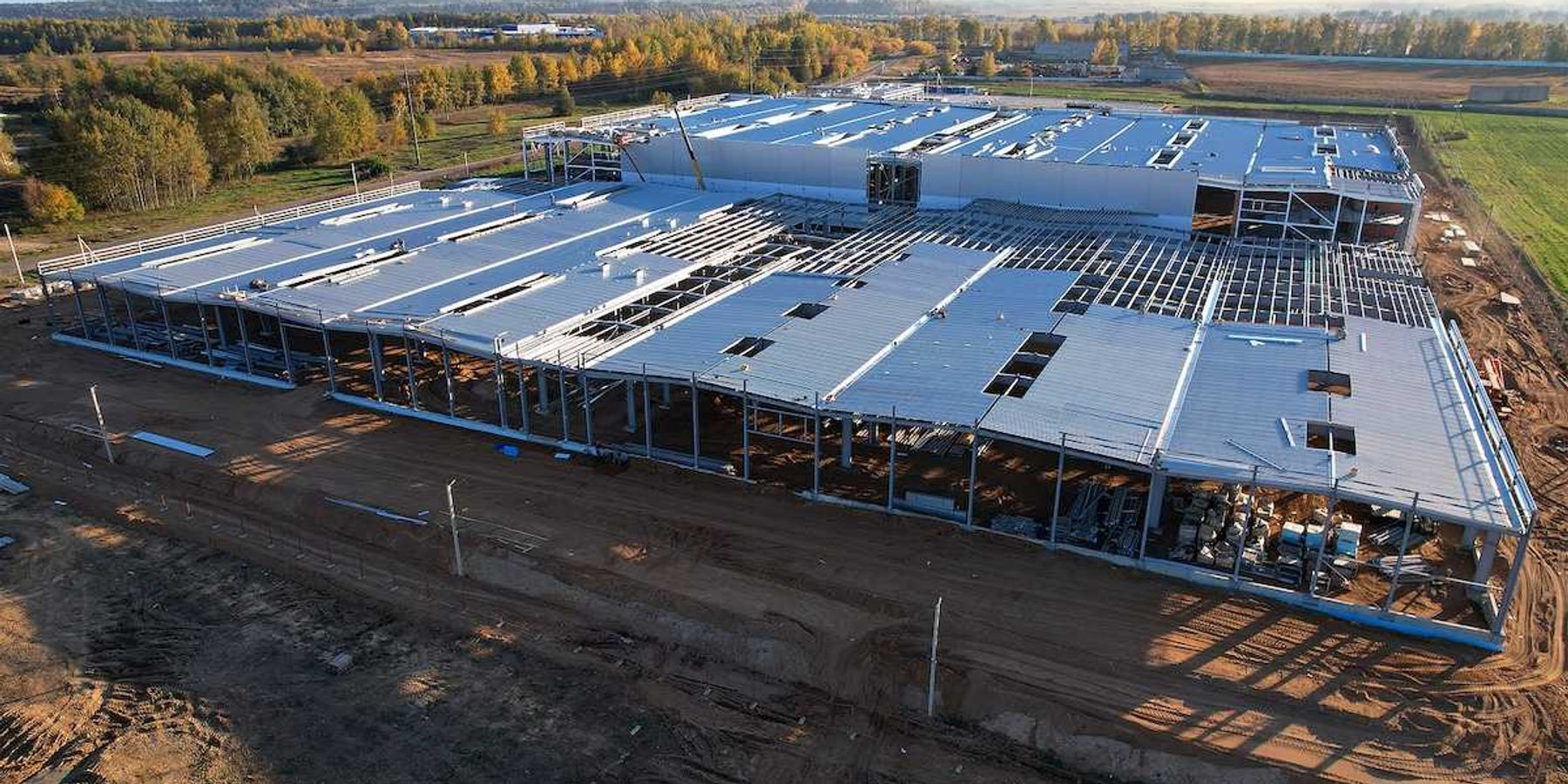Navigating the complexities of the SEC's new climate rule
In a recent move by the Securities and Exchange Commission, questions loom over the efficacy of its landmark disclosure rule in standardizing emissions reporting for investors.
Avery Ellfeldt and Benjamin Storrow report for E&E News.
In short:
- The SEC's new rule aims to provide investors with tools to verify companies' climate claims, yet it allows for flexibility in emissions reporting standards.
- This leeway might hinder the comparability of emissions data across companies, despite the rule's intent to enhance transparency.
- The rule focuses on Scopes 1 and 2 emissions, leaving out Scope 3, amidst debate over the SEC's role in environmental policy.
Key quote:
"Is this going to lead to perfect comparability across all companies on emissions reporting? No."
— Janet Ranganathan, managing director at the World Resources Institute
Why this matters:
In an era where climate change poses a significant threat to our planet's health and future, standardized emissions reporting rules for corporations are a critical tool in the global effort to mitigate environmental damage and reduce harms to local communities.
New analysis illustrates the climate, environmental, and human rights tolls linked to petrochemical production surrounding the Houston Ship Channel region.













